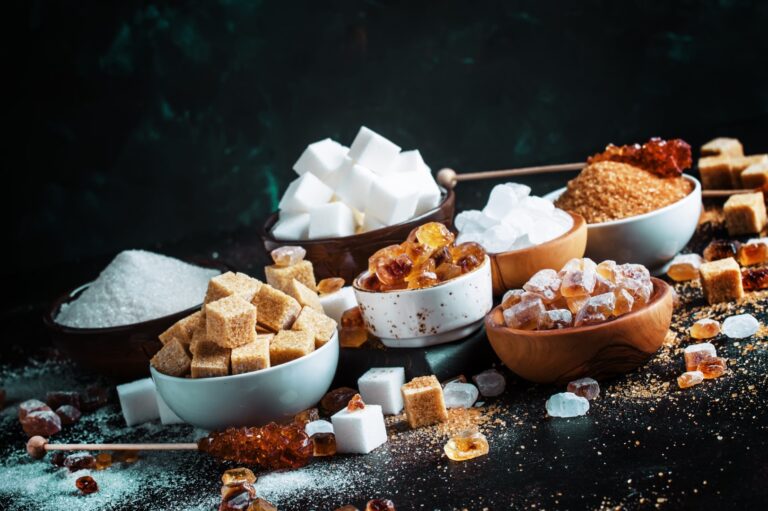Home > Healthy Living > The science behind fermentation: understanding the role of bacteria and yeasts
The science behind fermentation: understanding the role of bacteria and yeasts
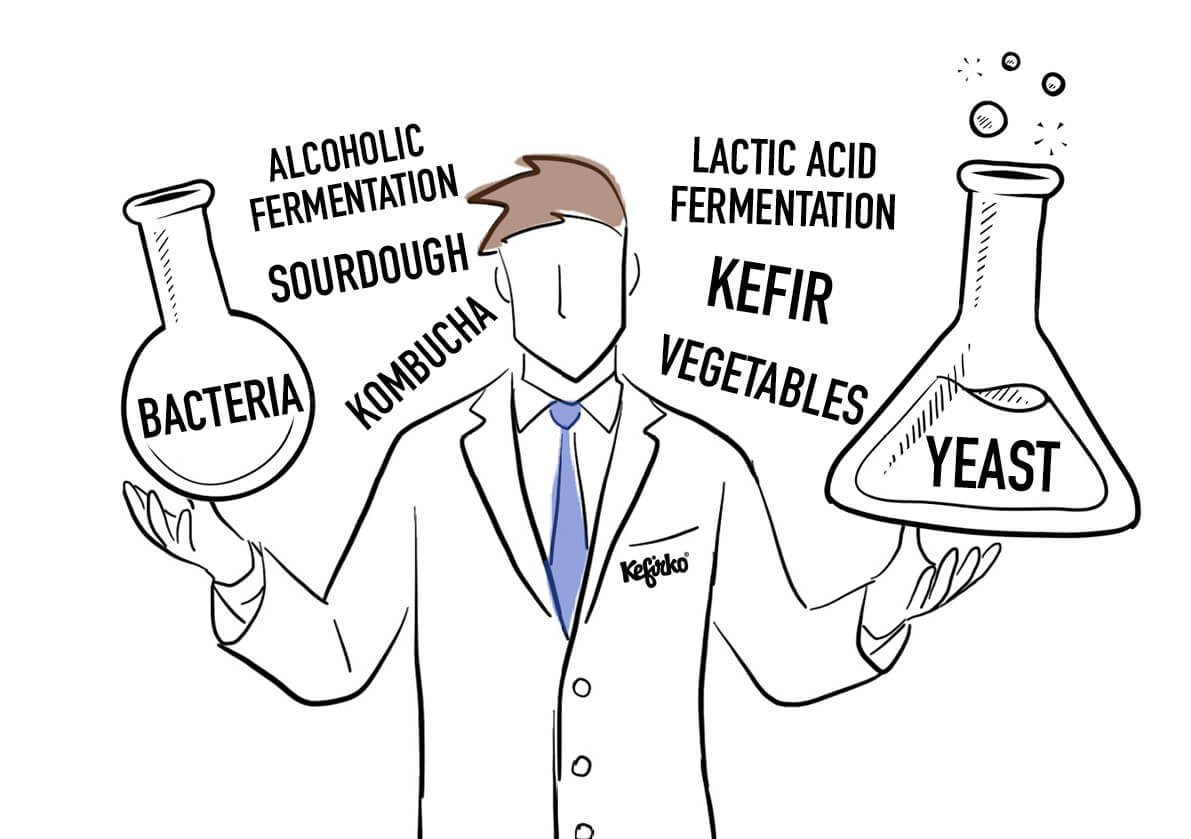
Bacteria and yeasts play a crucial role in fermentation processes. Fermentation is a natural process that takes place when microorganisms like bacteria and yeasts break down sugars and other compounds to make other substances.
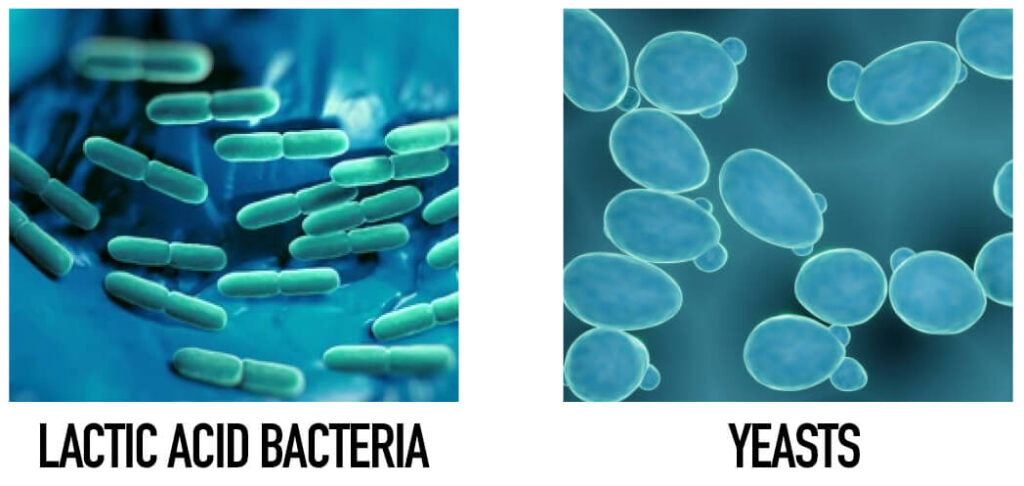
At the start of the alcoholic fermentation, yeasts break down the sugars (carbohydrates). Yeast consumes glucose and fructose and breaks them down into alcohol and carbon dioxide. This process is used to produce alcoholic beverages like beer and wine.
On the other hand, lactic acid bacteria perform lactic acid fermentation. These bacteria eat carbohydrates and produce lactic acid from them. This method is used to make foods like kefir, yoghurt, cheese, fermented vegetables and fruits. Lactic acid fermentation is also used to preserve food and extend shelf life.
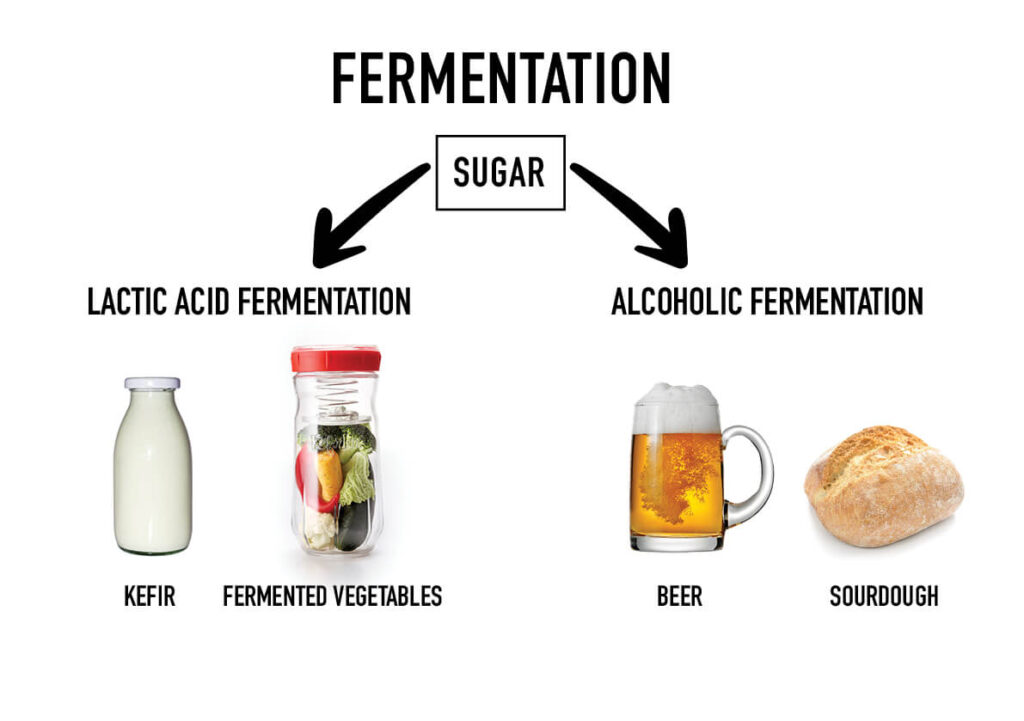
Milk vs. Water Kefir Fermentation: What Makes Them Unique?
During milk kefir fermentation, lactic acid bacteria present in kefir grains consume lactose in milk and convert it into lactic acid, which gives kefir its tangy flavour. In addition to lactic acid bacteria, kefir grains also contain yeasts, which produce carbon dioxide and other flavour compounds during fermentation.
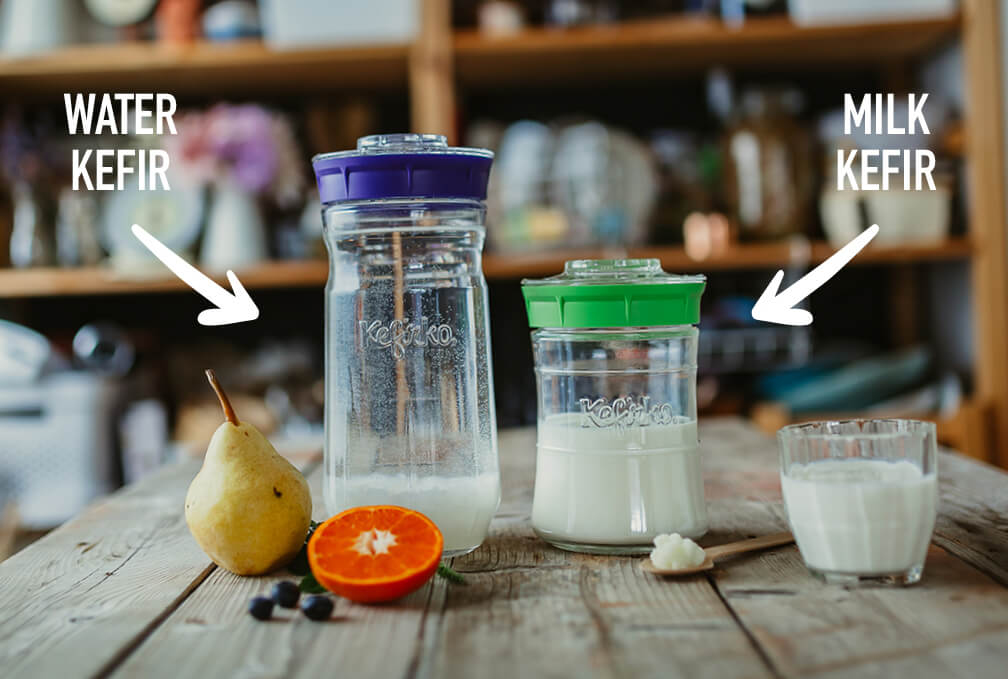
On the other hand, during water kefir fermentation, many kinds of lactic acid bacteria are present in the water kefir grains. These bacteria consume the sugar in the water and generate lactic acid as a byproduct. In addition to bacteria, water kefir grains also contain several species of yeasts that use the sugar in the water and produce carbon dioxide and alcohol. This makes kefir effervescent and gives it its signature flavour.
Microorganisms strains in milk and water kefir are mostly the same, but there are some specifics in each. Therefore, each type of fermentation needs specific conditions for optimal performance. Milk kefir requires a lower fermentation temperature than water kefir for example.
How Bacteria and Yeasts Work Together in Vegetable Fermentation
Vegetable fermentation is a process of preserving vegetables, where microorganisms convert sugars and starches to lactic acid. The lactic acid helps to preserve the vegetables and gives them a sour, acidic flavour. This process of fermentation is also referred to as lacto-fermentation.
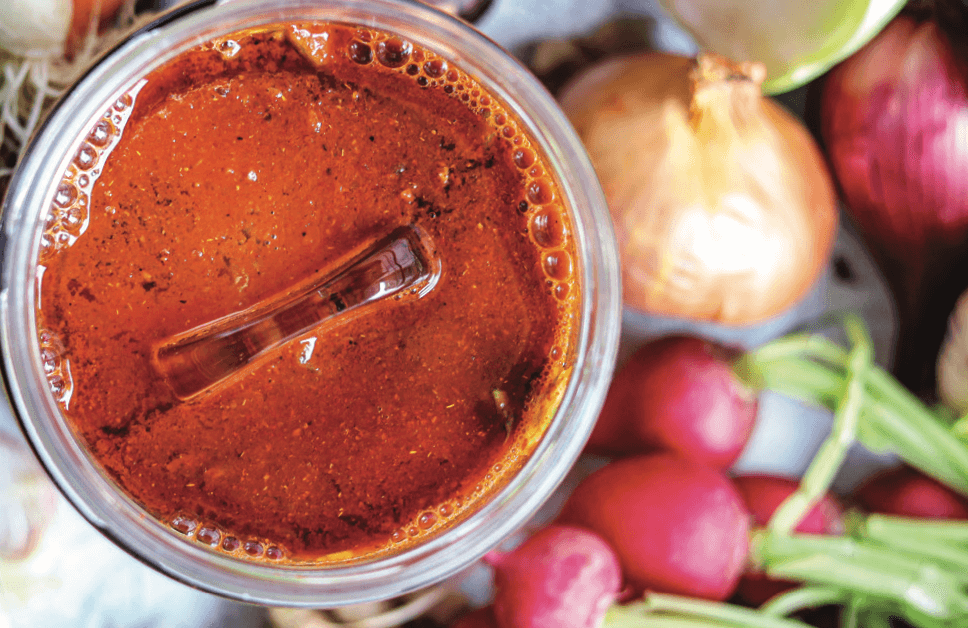
The naturally occurring bacteria on the surface of the vegetables or starter cultures added, like whey or a culture of lactobacillus bacteria, start to break down the natural sugars and starches in the veggies during vegetable fermentation. As a result, lactic acid is produced, which is a natural preservative.
The type of vegetables used, the temperature, and the level of salt concentration all affect how long the fermentation takes. Vegetables that have been fermented are full of healthy bacteria and enzymes.
The Role of Microbes in Kombucha Fermentation
The process of fermenting sweetened tea using a SCOBY, or symbiotic culture of bacteria and yeast, is known as kombucha fermentation.
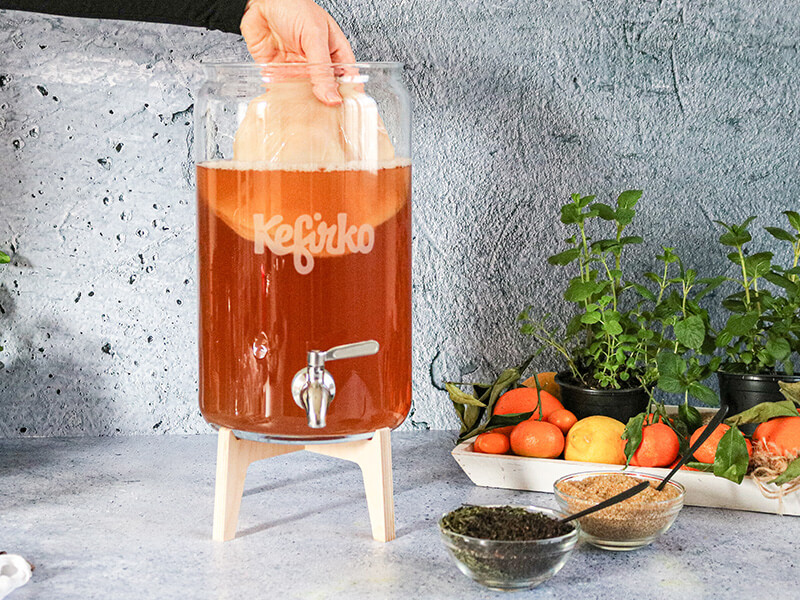
During the early stages of kombucha fermentation, yeasts consume the sugar in the sweetened tea and produce ethanol and carbon dioxide as byproducts.
The ethanol is then converted into organic acids by acetic acid bacteria. These acids are what give kombucha its tart and acidic flavour. Acetic acid bacteria also help to prevent the growth of harmful bacteria by lowering the pH of the fermenting tea, making it more acidic and less appropriate for unwanted microbes.
Lactic acid bacteria are in the minority in kombucha fermentation. Their role is to produce lactic acid through the fermentation of carbohydrates. Despite being a minority, they add to the overall acidity and flavour of the beverage.
The Power of Microbes in Sourdough
Sourdough fermentation is a type of spontaneous fermentation where a mixture of flour and water is left and allowed to ferment naturally. The microorganisms responsible for sourdough fermentation are wild yeasts and lactic acid bacteria that are naturally present in the flour and in the environment.
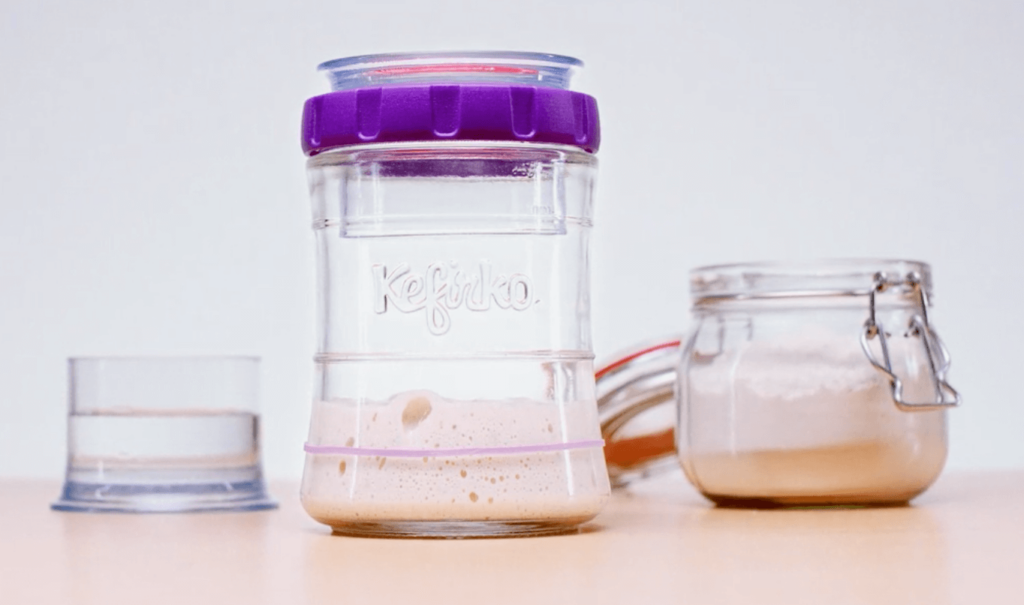
During sourdough fermentation, these microorganisms break down the complex carbohydrates and proteins in the flour, generating lactic acid and acetic acid. This gives the bread its tangy flavour and aroma, as well as contributes to its texture and shelf life.
The bread is easier to digest due to the breakdown of the gluten proteins. Sourdough bread also has a lower glycemic index, meaning it doesn’t spike the blood sugar levels as much as bread baked with commercial yeast.
Fermentation is a natural process that has been used for ages to preserve and transform food. Different types of fermentation are used to produce various fermented foods and beverages, such as kefir, kombucha, and sauerkraut. Understanding how microorganisms contribute to fermentation allows us to appreciate the benefits of fermented foods and beverages, and even try out home production.
Recommended products from this blog:
-
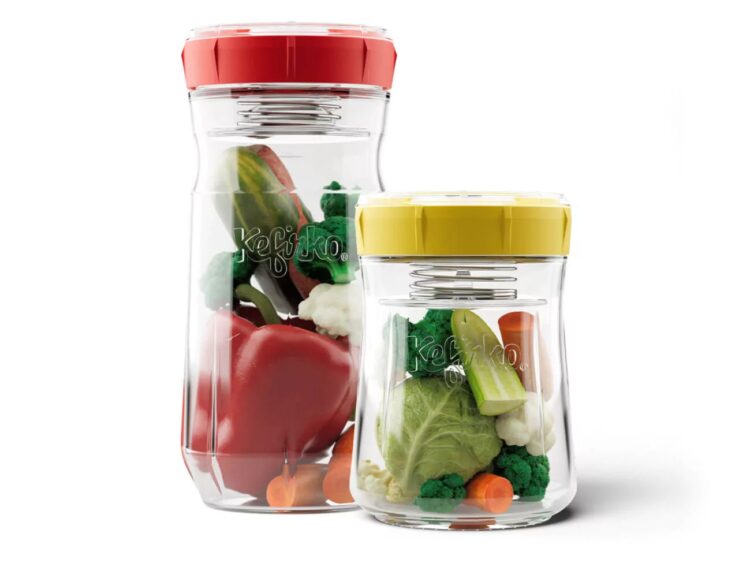
VEGGIE FERMENTER
$42.99 – $48.99BUY NOW This product has multiple variants. The options may be chosen on the product page



